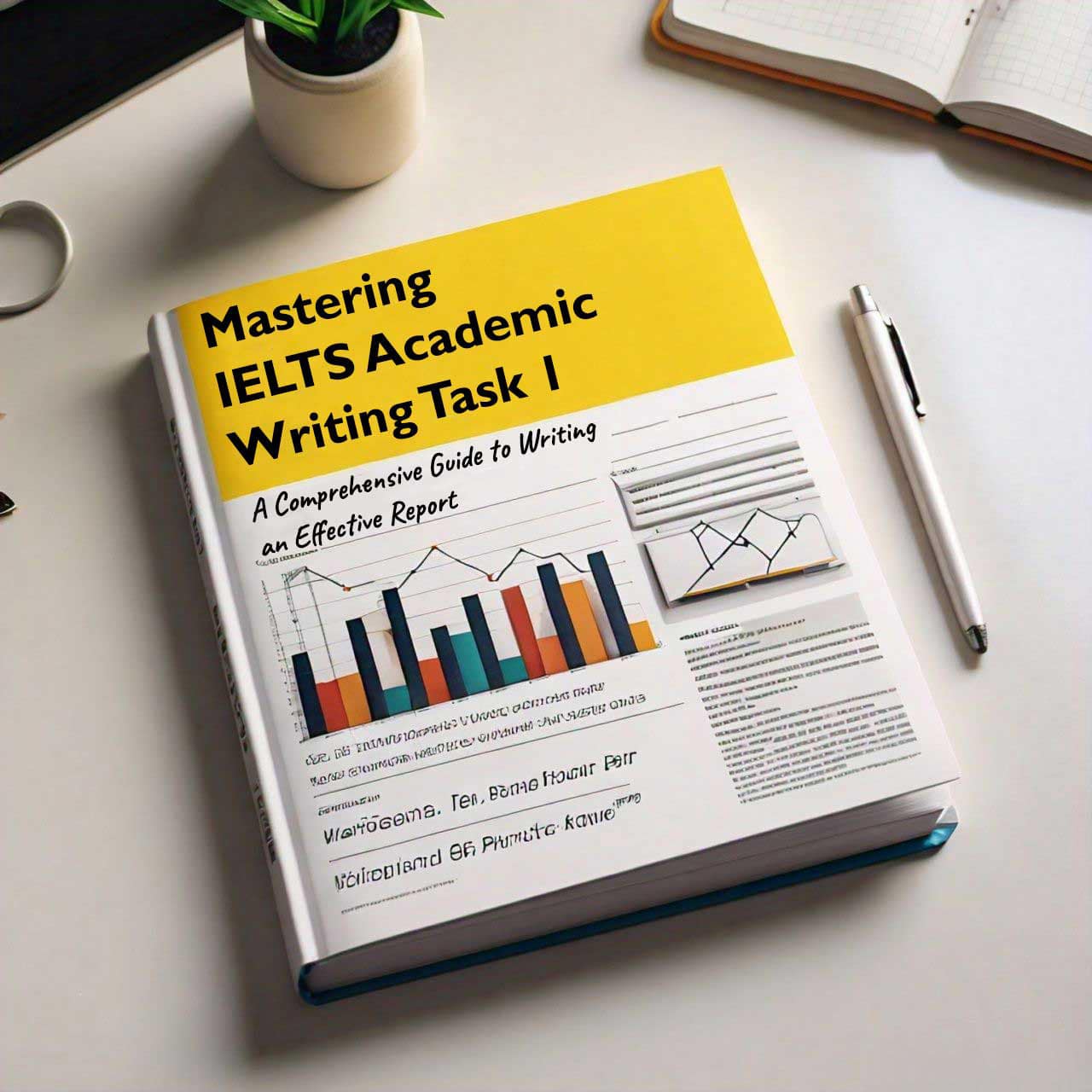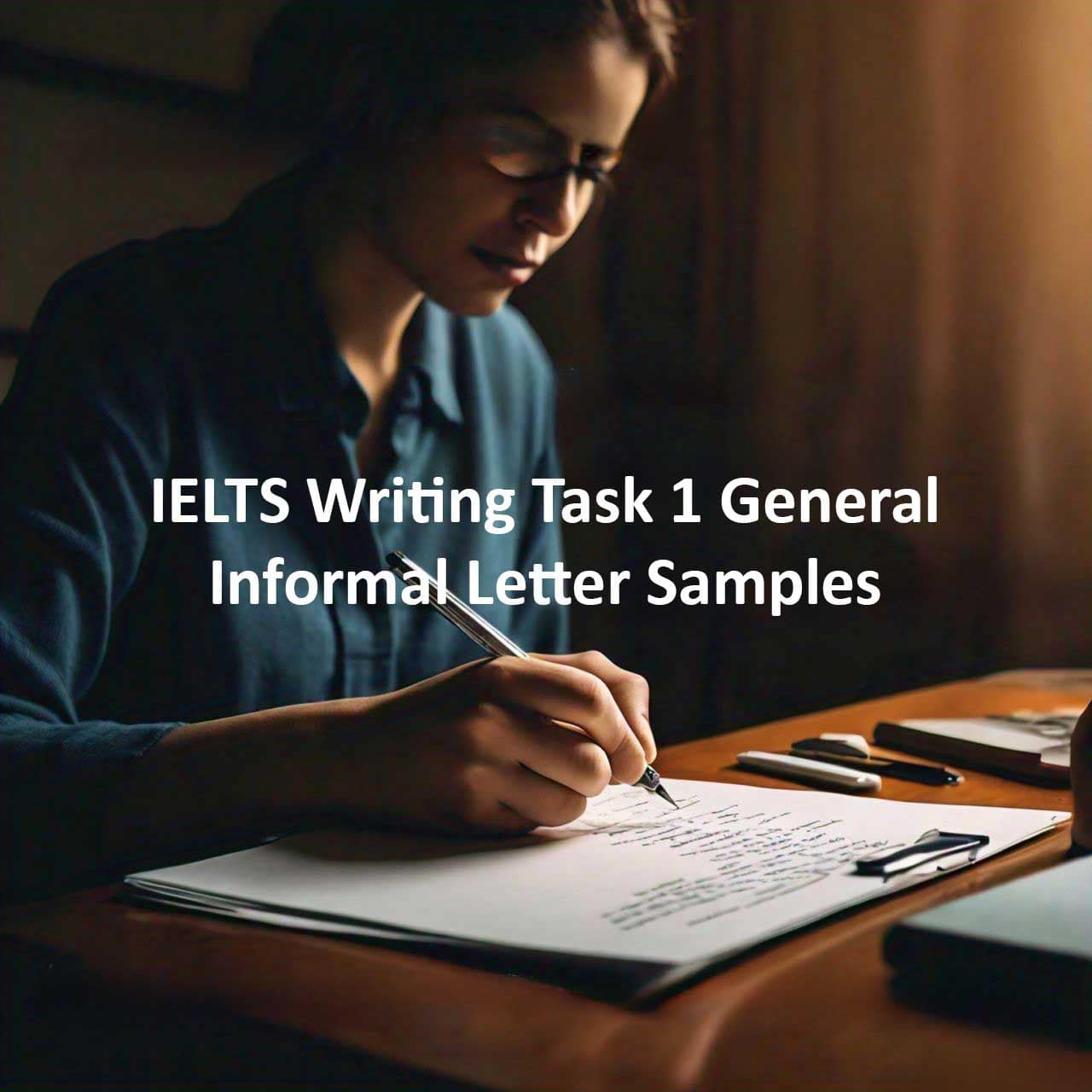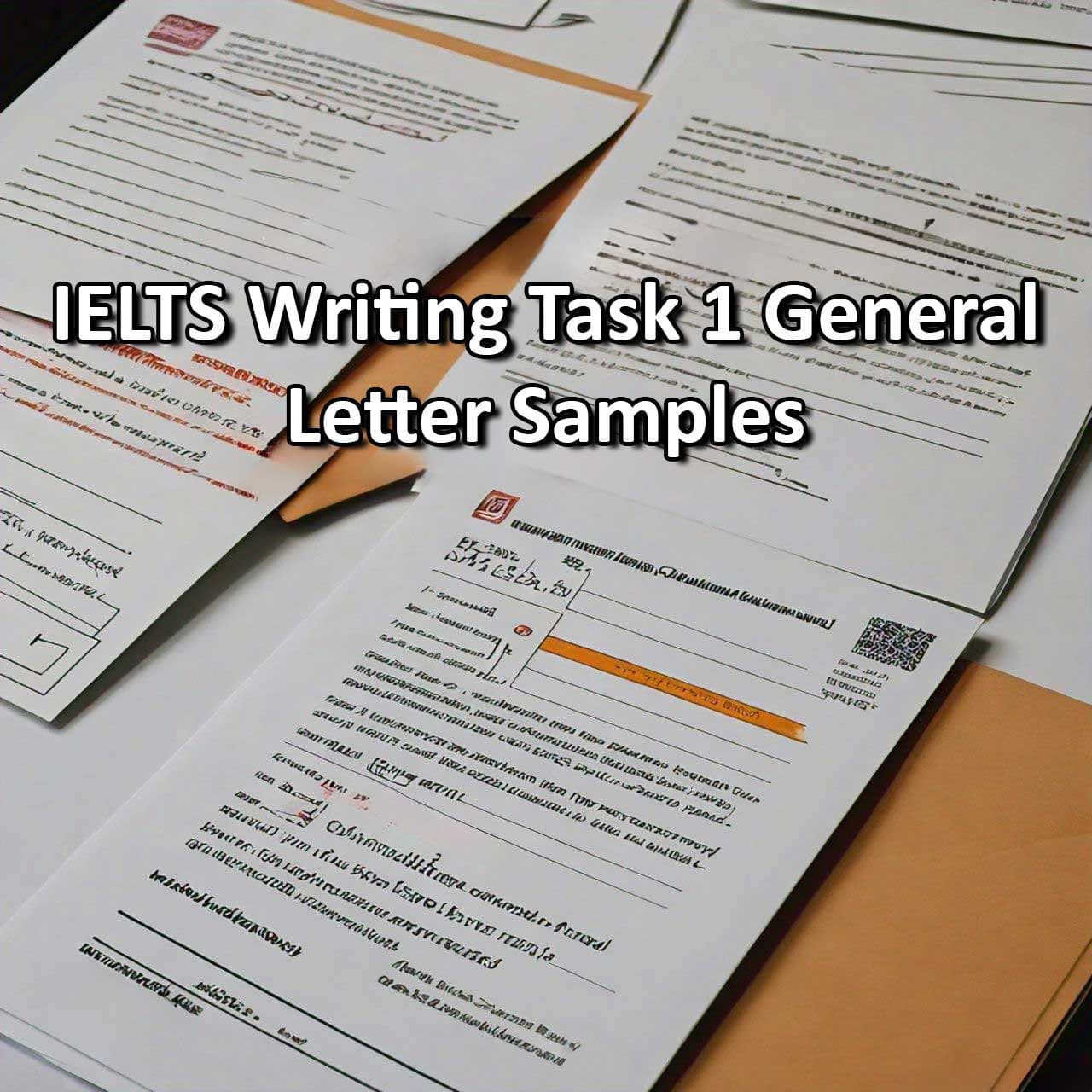The IELTS Academic Writing Task 1 requires you to write a report based on visual information such as charts, graphs, tables, or diagrams. This task tests your ability to accurately describe and interpret data, a crucial skill for academic and professional success. Here’s a detailed guide to help you craft a well-structured and high-scoring Task 1 report.
Understanding the Task
In Task 1, you will be presented with one or more visuals and asked to summarize the information by selecting and reporting the main features, making comparisons where relevant. You need to write at least 150 words within 20 minutes.
Step-by-Step Guide to Writing a Task 1 Report
1. Analyze the Visual Information
Before you start writing, spend a few minutes analyzing the visual(s) to understand the key information and trends.
– Identify the Type of Visual: Determine if it’s a bar chart, line graph, pie chart, table, map, or process diagram.
– Understand the Axes and Labels: For graphs and charts, note the labels on the axes and any units of measurement.
– Identify Key Features: Look for the highest and lowest values, significant changes, trends, and notable patterns.
2. Plan Your Report
Planning helps organize your thoughts and ensures a clear and logical structure.
– Introduction: Paraphrase the task prompt. This means restating the information given about the visual in your own words.
– Overview: Provide a summary of the main trends or significant features. This should be a broad description without going into specific details.
– Details: Describe the key features and trends in more detail, using data to support your descriptions. Organize this information logically, usually in two or three paragraphs.
3. Write the Introduction
The introduction should be a concise paraphrase of the task prompt.
– Example: If the prompt says, “The graph below shows the number of students enrolling in three different courses from 2000 to 2010,” you might write, “The line graph illustrates the enrollment numbers for three distinct courses over a decade, from 2000 to 2010.”
4. Write the Overview
The overview should summarize the main trends or overall changes.
– Example: “Overall, the enrollment in Course A and Course B increased significantly over the period, while Course C saw a decline.”
5. Write the Details Paragraphs
Describe the data in detail, using specific numbers and making comparisons where relevant.
– Structure: Typically, you’ll have two or three paragraphs. Each paragraph should focus on a different aspect of the data or a different time period.
– Use Data: Support your descriptions with precise data. For example, “Enrollment in Course A rose from 200 students in 2000 to 800 students in 2010.”
6. Use a Range of Vocabulary and Sentence Structures
To achieve a high score, demonstrate a variety of vocabulary and complex sentence structures.
– Synonyms and Variations: Avoid repeating the same words. Use synonyms and vary your sentence structures.
– Comparative Language: Use comparative and superlative forms to highlight differences and similarities (e.g., “higher than,” “the most significant increase”).
7. Maintain Formality and Accuracy
Task 1 requires a formal academic tone. Avoid using contractions, slang, or informal expressions.
– Accuracy: Ensure that your descriptions and data are accurate and precisely reflect the visual information.
Tips for a High-Scoring Task 1 Report
1. Practice Paraphrasing
Practice paraphrasing various task prompts to get comfortable with rephrasing information in your own words.
2. Familiarize Yourself with Different Visuals
Exposure to different types of visuals will help you quickly identify key features and trends during the exam.
3. Develop Your Vocabulary
Enhance your vocabulary related to trends and data description. Words like “increase,” “decrease,” “fluctuate,” “remain stable,” and “peak” are commonly used.
4. Time Management
Practice completing Task 1 within the 20-minute time limit to ensure you can plan, write, and review your report effectively.
5. Review Grammar and Punctuation
Accurate grammar and punctuation are crucial for clarity and coherence. Pay attention to subject-verb agreement, proper use of tenses, and correct punctuation.
Sample Task 1 Report
Task Prompt: The bar chart below shows the average monthly temperatures in three different cities.
Introduction: The bar chart illustrates the average monthly temperatures for the cities of New York, London, and Sydney over a year.
Overview: Overall, New York and London experience significant temperature variations throughout the year, while Sydney’s temperatures remain relatively stable with minor fluctuations.
Details:
– New York: Temperatures in New York range from a low of -3°C in January to a peak of 29°C in July, showing a marked seasonal variation.
– London: London’s temperatures also fluctuate, starting at 4°C in January and reaching up to 23°C in July.
– Sydney: In contrast, Sydney’s temperatures are more stable, varying from 15°C in July to 25°C in January.
Conclusion
Writing a successful IELTS Academic Task 1 report requires careful analysis of visual data, clear organization, and precise language. By following the steps and tips outlined in this guide, you can enhance your ability to write a coherent and high-scoring report. Practice regularly, review sample reports, and continue to build your vocabulary and grammar skills to achieve the best possible results on your IELTS exam.



